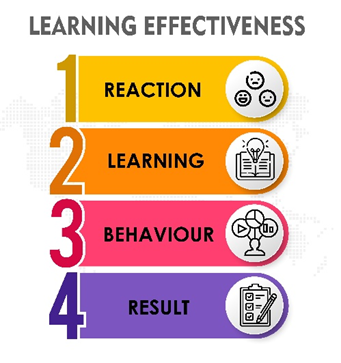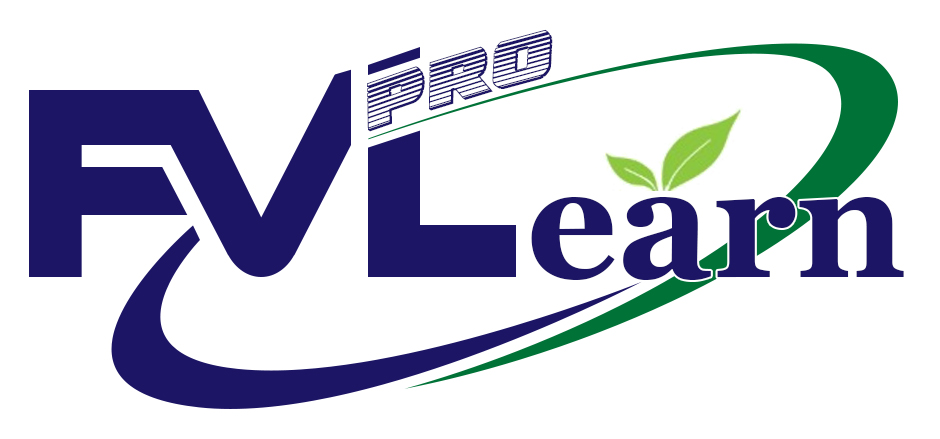ARE WE THERE YET? The Learning Efficacy Challenge
28 Mar 2024 17:56 PM
In today’s competitive and contemporary environment, for organizations, the aim of training and development activity is to help learners improve their capacity, competency, and performance. Learners gain knowledge and skills that may be applied directly or indirectly to the workplace. The learning that may be successfully applied to the practice is called effective learning.
CAPACITY BUILDING FOR PERFORMANCE
The training program must be need based and be aligned with the organization goals. If not, it does not pave the way to required change. The adequate learning, and right skill lead to competency and individual performance and that ultimately may contribute to organizational performance, the key focus of interactions, learning, training, and development.
The goal for training is capacity building for goodness and performance but to many organizations, it’s a point to ponder as the training program and activities don’t seem like producing useful results. The learning that was to add organizational performance remain a record keeping activity.
Why Training Fails?
To experts, there may be many faucets to explore while answering this million-dollar question but probably all the experts may have a common response, the learning effectiveness.
CAPACITY BUILDING FOR PERFORMANCE
The training program must be need based and be aligned with the organization goals. If not, it does not pave the way to required change. The adequate learning, and right skill lead to competency and individual performance and that ultimately may contribute to organizational performance, the key focus of interactions, learning, training, and development.
The goal for training is capacity building for goodness and performance but to many organizations, it’s a point to ponder as the training program and activities don’t seem like producing useful results. The learning that was to add organizational performance remain a record keeping activity.
Why Training Fails?
To experts, there may be many faucets to explore while answering this million-dollar question but probably all the experts may have a common response, the learning effectiveness.

Every organization must have a strong and reliable mechanism to assess training needs. What to be trained and who and why are always valid questions that must be asked at the beginning of development a training program. It’s the job that should not be done in isolation. It must be teamwork and the goodness of the program is only ensured if all the key stakeholders are engaged for input. The learning fails to produce useful results if the training program, its contents, and mode of delivery is not structured based on needs and if its not aligned with organizational focus.
The Dilemma - Training Alignment to organizational Goals
Second questions that must be answered is the training contents and subjects selected. That’s embedded in the notion how organizational learning needs are linked with their ultimate goals. To see results, organizational must have clarity on what they are trying to achieve. The organizations with a clear and shared vision are always successful in translating their efforts to performance. It looks artless but it’s the most daunting task to achieve the level of clarity and success in enjoying the shared vision.
Where is a missing link? The organizations try finding the missing link in the mechanism somewhere. In such scenarios, the DNA strands of the Organizational dynamics and culture must be explored to find the missing link.

Making learning effective is not a linear process. It’s a cyclic and systematic process. Its an ongoing loop of purpose, design, efforts, analysis, application, feedback, review, and redesign and that goes on.
A well knitted mechanism of monitoring and measuring is required to finally align the learning loop and the organizational effectiveness.
Making learning effective is not a linear process. It’s a cyclic and systematic process. Its an ongoing loop of purpose, design, efforts, analysis, application, feedback, review, and redesign and that goes on. A well knitted mechanism of monitoring and measuring is required to finally align the learning loop and the organizational effectiveness. The journey of learning effectiveness must voyage from reaction, learning, behaviour to results.
HOW TO MEASURE LEARNING EFFECTIVENESS?
Measuring Learning efficacy is a challenge in a complex environment. People are different, they learn differently and so their required mechanism to measures learning effectiveness may varies. Our year of experience is one click away. Not just we offer advise on learning effectiveness, we also have learning effectiveness series, and train the trainers. We also offer free education and awareness through Organizational excellence Webinars series that also highlights learning effectiveness among the key bottlenecks in achieving organizational excellence. Register in these webinars and explore how learning effectiveness and other essentials pave the way for organizational effectiveness.
Write a Review
Share your thoughts? Log in first

Reviews